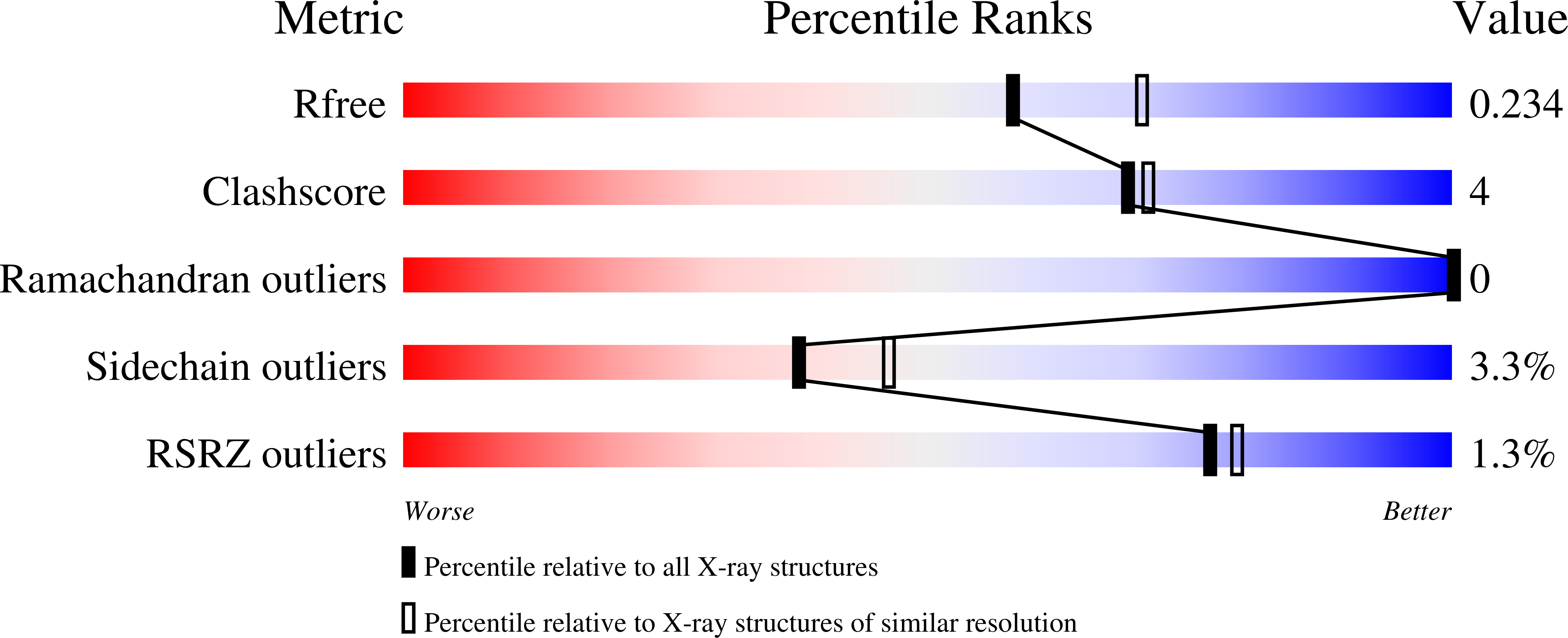
Deposition Date
2009-08-21
Release Date
2010-01-12
Last Version Date
2023-09-06
Method Details:
Experimental Method:
Resolution:
2.25 Å
R-Value Free:
0.20
R-Value Work:
0.16
R-Value Observed:
0.16
Space Group:
P 21 21 21


